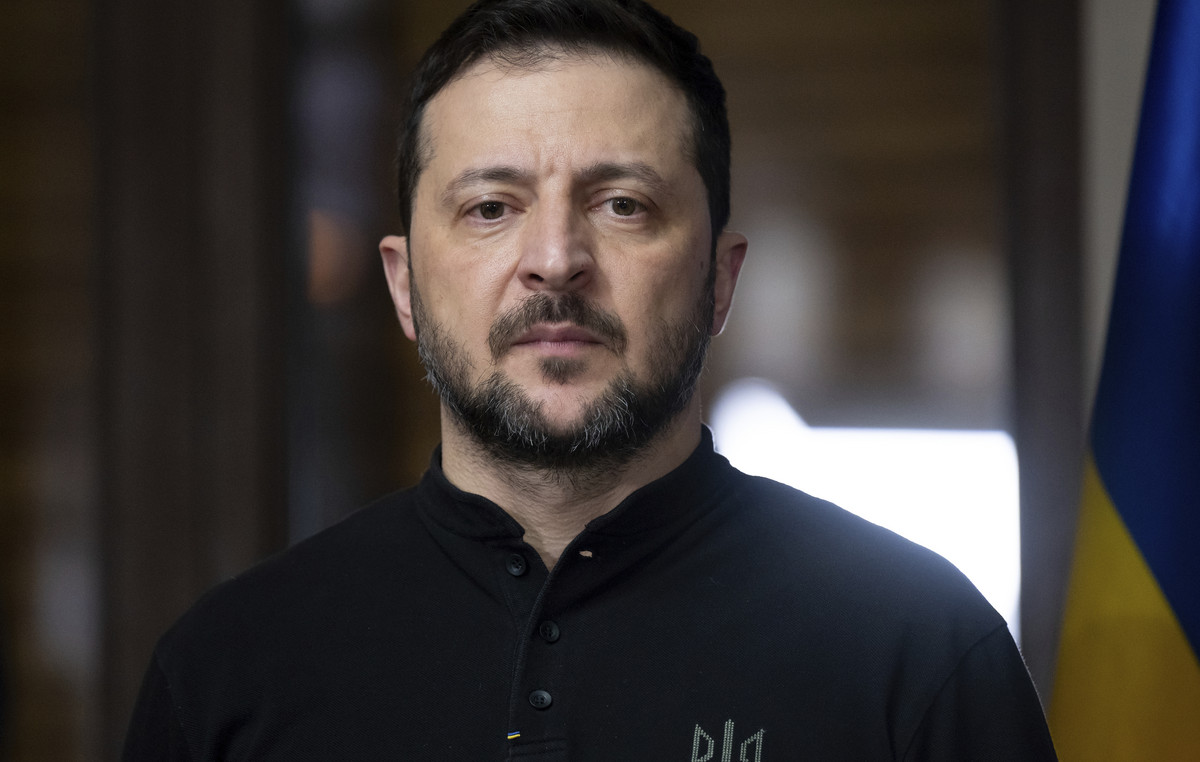The Uruguayan football player Juan Izquierdo died on Tuesday night (27), five days after suffering a cardiac arrest due to arrhythmia. The defender was hospitalized at the Albert Einstein Hospital, in São Paulo.
Cardiac arrhythmias are a set of conditions characterized by changes in the heart’s rhythm, causing it to beat too fast (tachycardia), too slow (bradycardia) or irregularly. They can have different types, and can be benign (not life-threatening) or malignant (causing a risk of cardiac arrest and sudden death), as explained by Roberto Kalil, cardiologist and presenter of CNN Vital Signs .
The treatment for cardiac arrhythmia will depend on its type. Some milder cases do not require treatment, just monitoring through regular exams and consultations with a cardiologist.
In cases where cardiac arrhythmia can cause significant symptoms or put the patient at risk of developing more serious heart problems, treatment may be provided. According to the Mayo Clinica non-profit organization in the area of medical services and reference medical-hospital research, it may be necessary to use medications, cardiac procedures or, in severe cases, surgeries.
Medications may be prescribed to control heart rate and rhythm. In cases of atrial fibrillation, a type of cardiac arrhythmia, anticoagulants may be given to prevent blood clots from forming.
In cases where cardiac arrhythmia is severe and leads to cardiac arrest, immediate care is required. “We are talking about a maximum emergency in cardiology, so treatment must be immediate. If the patient has not yet fainted, has not lost his pulse, has not lost consciousness, he must be immediately admitted to the hospital, have a vascular access placed, receive oxygen, be monitored, receive antiarrhythmic medication and have an external defibrillator device immediately available to reverse the arrhythmia,” says Alexsandro Fagundes, cardiologist and president of the Brazilian Society of Cardiac Arrhythmias (SOBRAC).
In other cases, such as Wolff-Parkinson-White syndrome [condição cardíaca congênita que causa ritmo cardíaco anormal]the patient may undergo arrhythmia correction through catheter ablation. This is a procedure that involves inserting a catheter into an artery and leading it to the heart, creating superficial scars in the heart’s electrical conduction system, correcting the arrhythmia.
When the condition is caused by other heart diseases, such as myocarditis, myocardial infarction or Chagas disease, the patient may receive a pacemaker or defibrillator. “These are devices that are placed under the skin to regulate and control the heart rate to act in the event of a possible arrhythmia,” explains Fagundes.
How to prevent cardiac arrhythmia?
According to the Mayo Clinic, lifestyle changes can be helpful in preventing cardiac arrhythmias when the cause is not congenital (from birth). These are:
- Avoid smoking;
- Have a diet low in salt and saturated fat;
- Exercise at least 30 minutes a day, more than four times a week;
- Maintain a healthy weight;
- Reduce and control stress;
- Control high blood pressure, high cholesterol and diabetes;
- Sleep 7 to 9 hours a day;
- Limit or avoid caffeine and alcohol consumption.
Tirzepatide, used for diabetes and obesity, may protect heart
This content was originally published in Cardiac arrhythmia: is there treatment and prevention? on the CNN Brasil website.
Source: CNN Brasil
I am an experienced journalist and writer with a career in the news industry. My focus is on covering Top News stories for World Stock Market, where I provide comprehensive analysis and commentary on markets around the world. I have expertise in writing both long-form articles and shorter pieces that deliver timely, relevant updates to readers.





